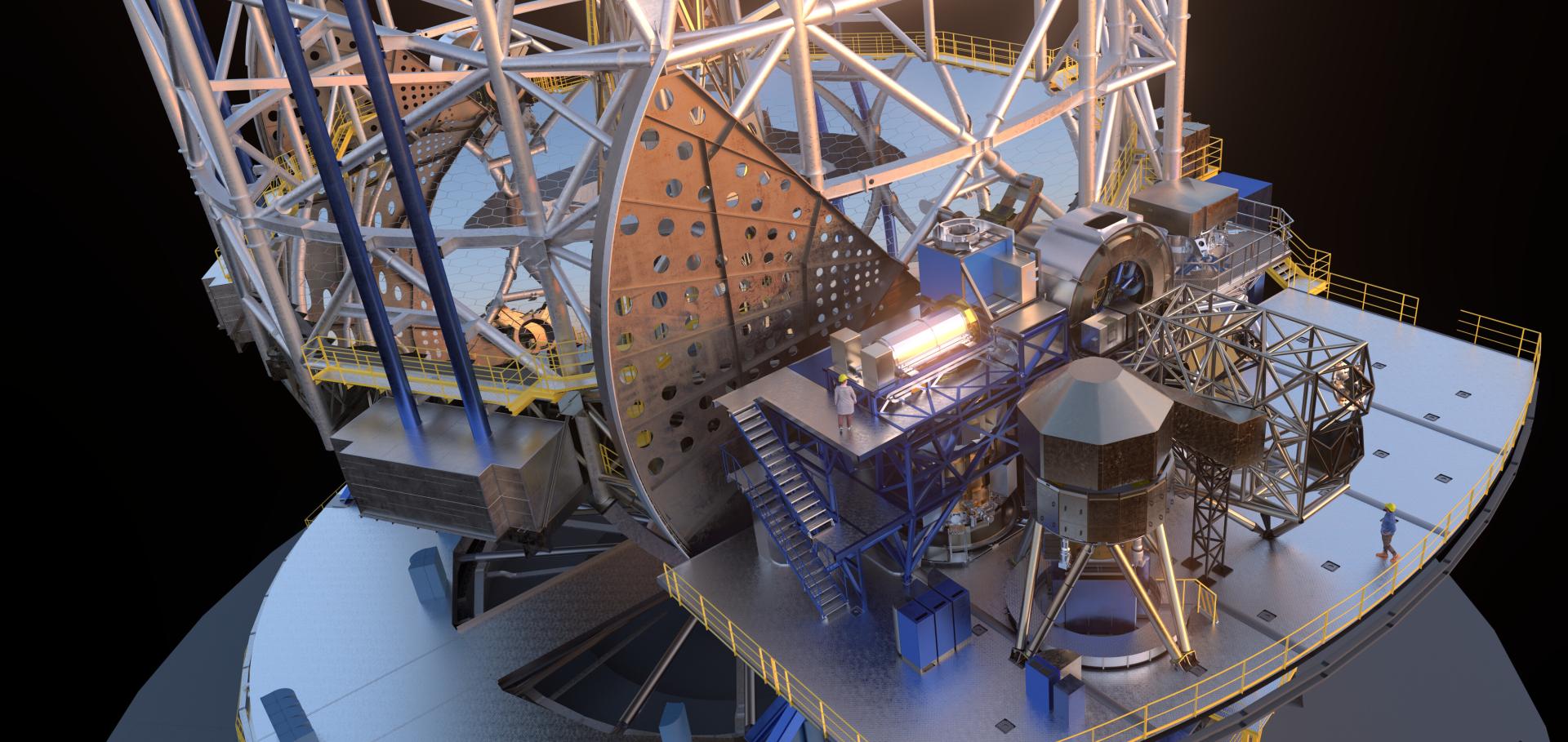Two T dwarfs from the UKIDSS early data release
Astronomy and Astrophysics 466:3 (2007) 1059-1064
Abstract:
Contexf. We report on the first ultracool dwarf discoveries from the UKIRT Infrared Deep Sky Survey (UKIDSS) Large Area Survey Early Data Release (LAS EDR), in particular the discovery of T dwarfs which are fainter and more distant than those found using the 2MASS and SDSS surveys. Aims. We aim to show that our methodologies for searching the ∼27 deg2 of the LAS EDR are successful for finding both L and T dwarfs via cross-correlation with the Sloan Digital Sky Survey (SDSS) DR4 release. While the area searched so far is small, the numbers of objects found shows great promise for near-future releases of the LAS and great potential for finding large numbers of such dwarfs. Methods. Ultracool dwarfs are selected by combinations of their YJH(K) UKIDSS colours and SDSS DR4 z - J and i - z colours, or, lower limits on these red optical/infrared colours in the case of DR4 dropouts. After passing visual inspection tests, candidates have been followed up by methane imaging and spectroscopy at 4 m and 8 m-class facilities. Results. Our main result is the discovery following CH4 imaging and spectroscopy of a T4.5 dwarf, ULAS J 1452+0655, lying ∼80 pc distant. A further T dwarf candidate, ULAS J 1301+0023, has very similar CH4 colours but has not yet been confirmed spectroscopically. We also report on the identification of a brighter LO dwarf, and on the selection of a list of LAS objects designed to probe for T-like dwarfs to the survey J-band limit, Conclusions. Our findings indicate that the combination of the UKIDSS LAS and SDSS surveys provide an excellent tool for identifying L and T dwarfs down to much fainter limits than previously possible. Our discovery of one confirmed and one probable T dwarf in the EDR is consistent with expectations from the previously measured T dwarf density on the sky. © ESO 2007.The DODO survey: Imaging planets around white dwarfs
15TH EUROPEAN WORKSHOP ON WHITE DWARFS, PROCEEDINGS 372 (2007) 349-+
SWIFT image slicer: Large format, compact, low scatter image slicing
Proceedings of SPIE - The International Society for Optical Engineering 6273 II (2006)
Abstract:
We present the SWIFT image slicer and its novel de-magnifying design. It is based on the MPE-3D and SPIFFI image slicers, uses plane mirrors to slice the input field, but achieves a considerable de-magnification through the use of a mosaic of spherical lenses. As only plane and spherical surfaces are used in the design, classical polishing techniques can be applied to achieve very high surface accuracy and quality. This reduces aberrations and scattered light, mandatory for an image slicer working at optical wavelengths and behind an adaptive optics system. Except for the lens mosaic, the SWIFT slicer is built entirely from Zerodur and is assembled using optical contacting. We present a detailed description of the design as well as results of the early stages of its fabrication.The Oxford SWIFT integral field spectrograph
Proceedings of SPIE Vol 6269 (2006) 113-125
SWIFT: An adaptive optics assisted I/z band integral field spectrograph
NEW ASTRON REV 49:10-12 (2006) 647-654


